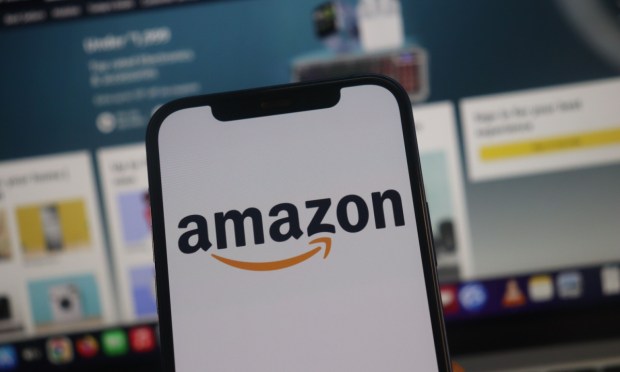Amazon Wants to Get Cautious Consumers to ‘Buy Again’

Amazon has reportedly tested a “Buy Again” feature to entice shoppers into repeat purchases.
The company has placed the new feature in a tab on the “most prized real estate” on its app home page, The Wall Street Journal (WSJ) reported Wednesday (Oct. 11).
According to the report, the tab uses shoppers’ order histories to make recommendations. The WSJ says that “Buy Again” has been used in recent weeks on a number of accounts monitored by market intelligence firm Watchful Technologies.
The report also notes that Amazon, seeing less growth in its Prime memberships in recent years and reduced consumer spending, hopes to lead consumers to make more regular purchases or guide them toward subscription-based ordering using a feature called “Subscribe & Save.”
Aside from increasing user revenue, playing up subscriptions can make Amazon a greater part of consumers’ lives, Daniel Buchuk, a researcher at Watchful Technologies, told the WSJ.
“In the current climate when people have less disposable income, the question becomes, ‘How do we increase revenue?’” Buchuk said. “We all have a purchase history with Amazon that is really useful to [the company]. And those subscriptions that can reoccur, that’s a trend not just for Amazon but for companies as a whole.”
The news follows reports from earlier this week that shoppers apparently chose more affordable products during Amazon’s Prime Big Deal Days, its fall sale for subscribers.
A Tuesday (Oct. 10) Bloomberg report said early data from the event showed cost-conscious shoppers gravitating mainly toward low-cost kitchen gadgets and apparel and avoiding big-ticket items.
Research firm Numerator analyzed sales data and found that around 60% of the items sold cost less than $20, while just 3% were more than $100.
Elsewhere in the subscription economy world, recent research by economists at Stanford University found that auto-renewals, customer “inertia” and “inattention” have helped increase the revenues of some subscription companies by anywhere from 14% to 200%.
“And only when it comes time to change subscribers’ details — say, when a new debit or credit card is in hand — do consumers take a moment to reflect, and act, on decisions tied to those subscriptions,” PYMNTS wrote earlier this week. “That includes canceling or downsizing them.”
PYMNTS Intelligence has found that when faced with the realities of how much they spend on subscriptions, or must consider renewals, consumers tighten their belts. As detailed here earlier in the year, upwards of half of subscribers have pointed to cost as a chief reason for canceling their subscriptions.

